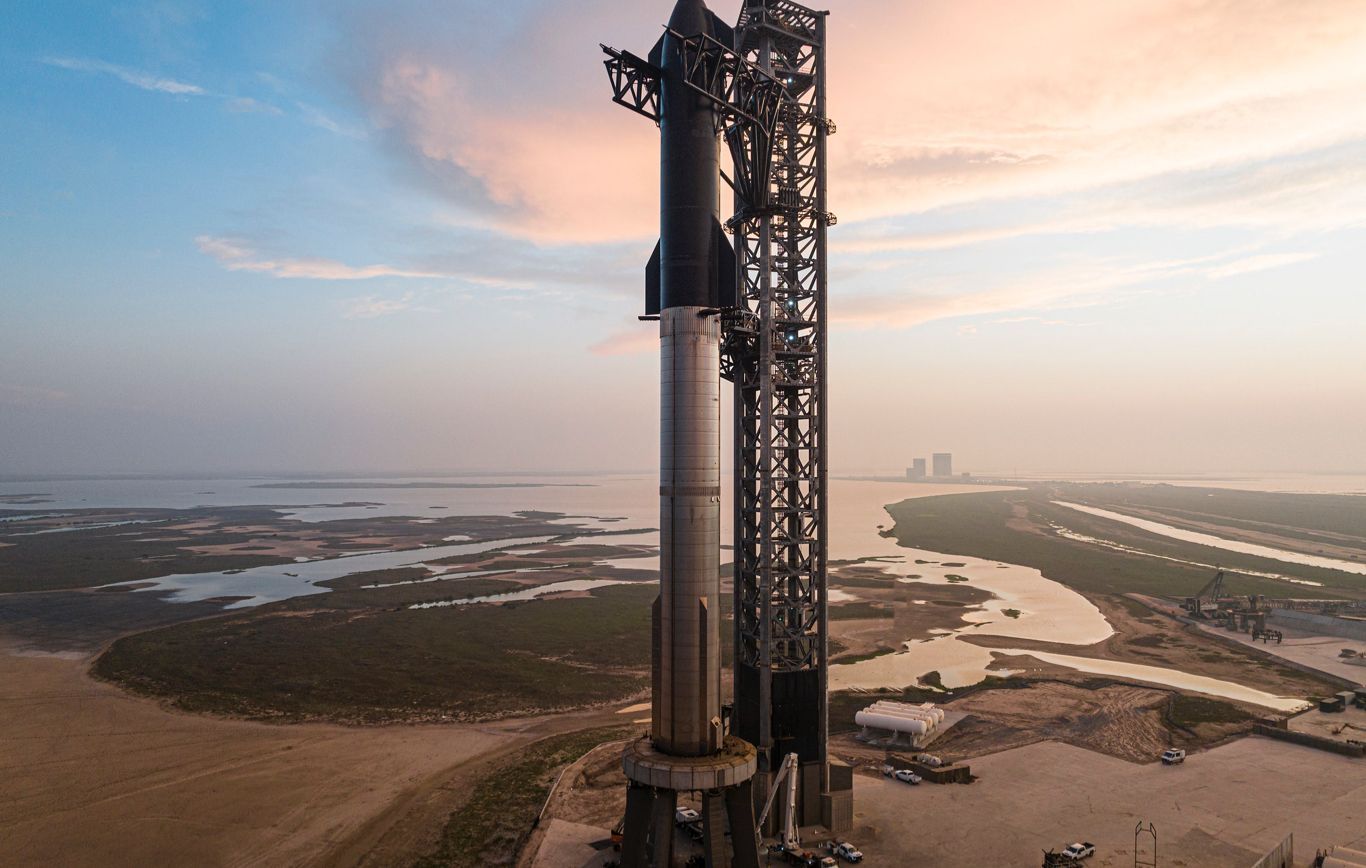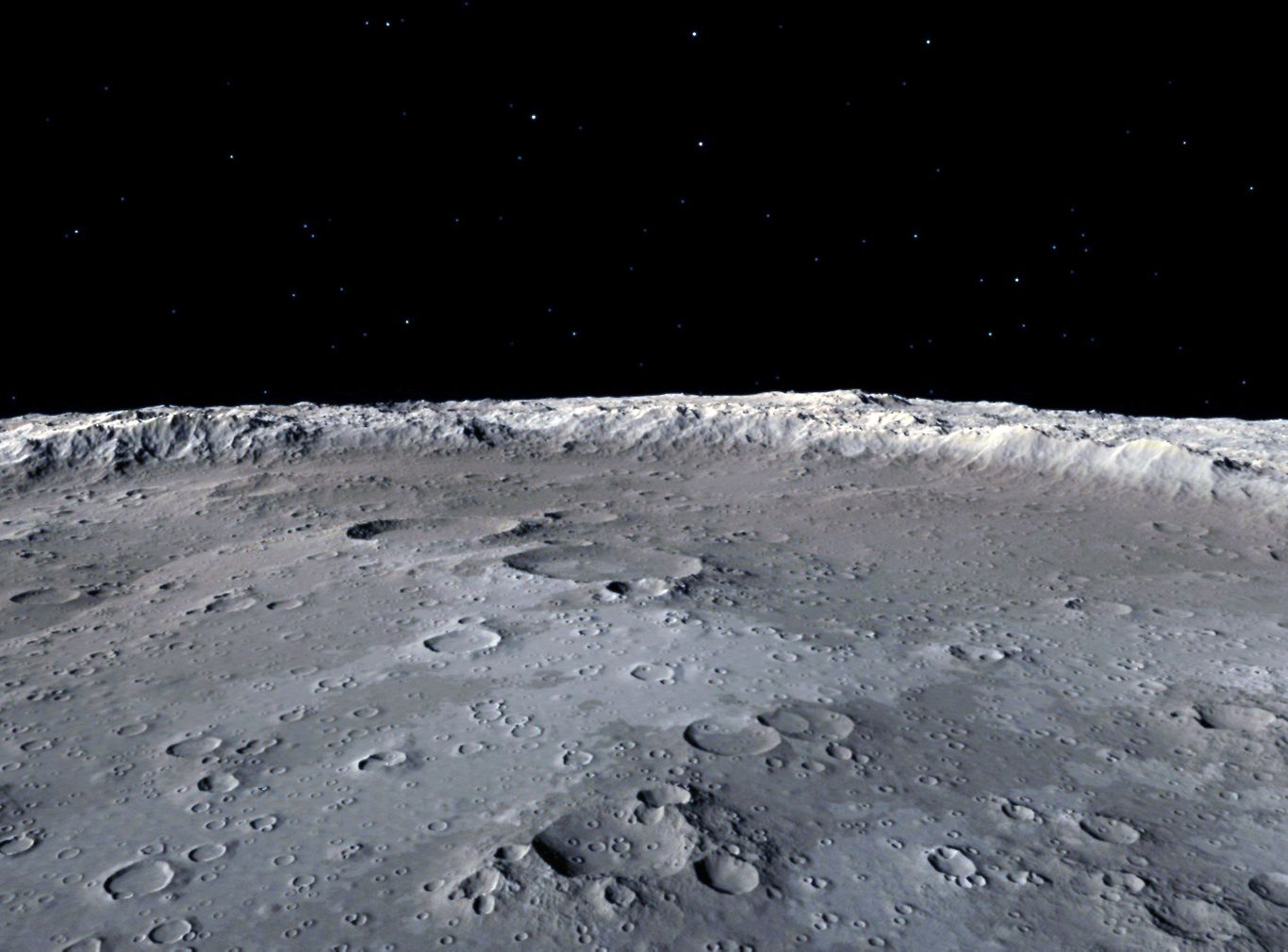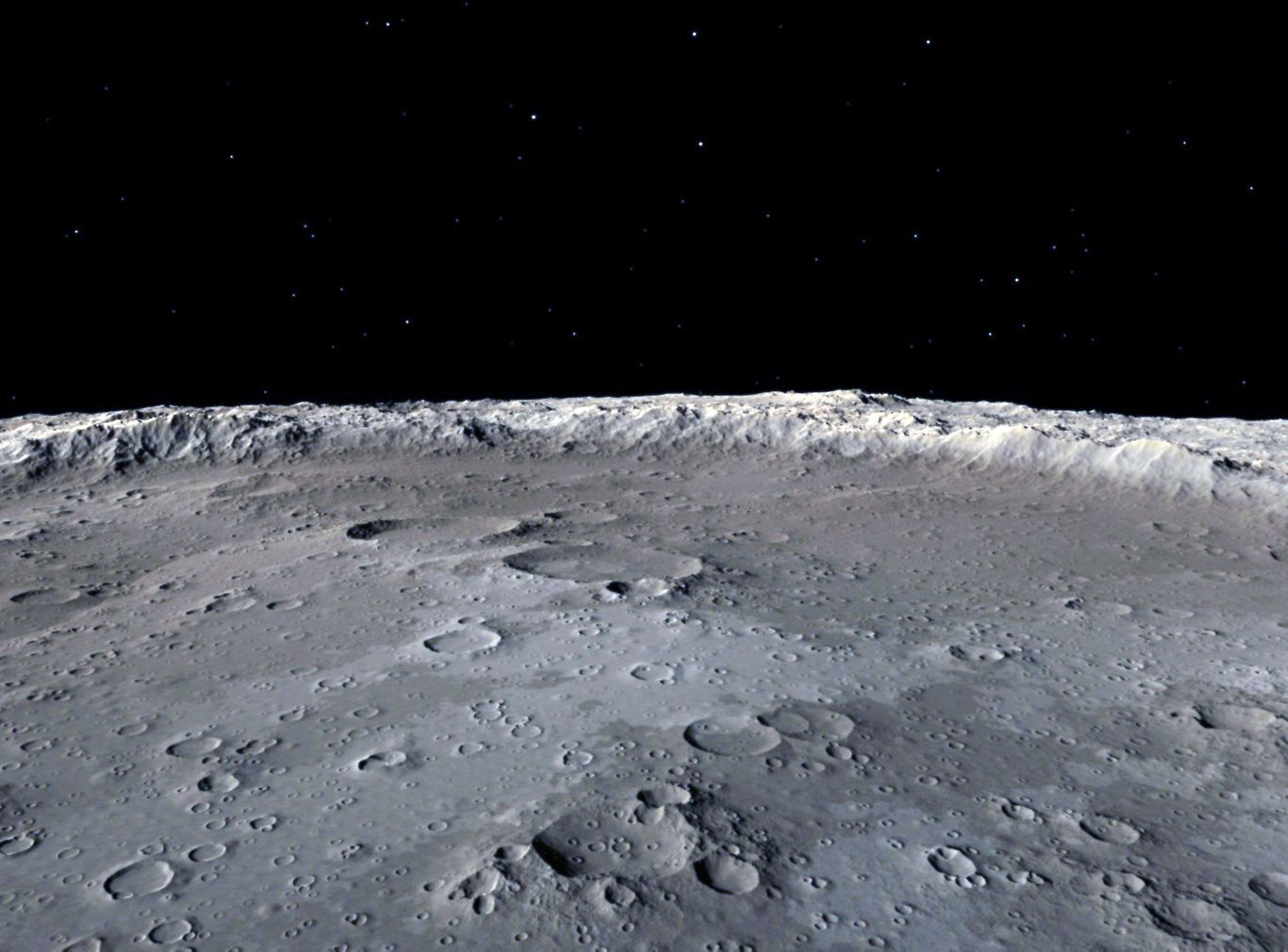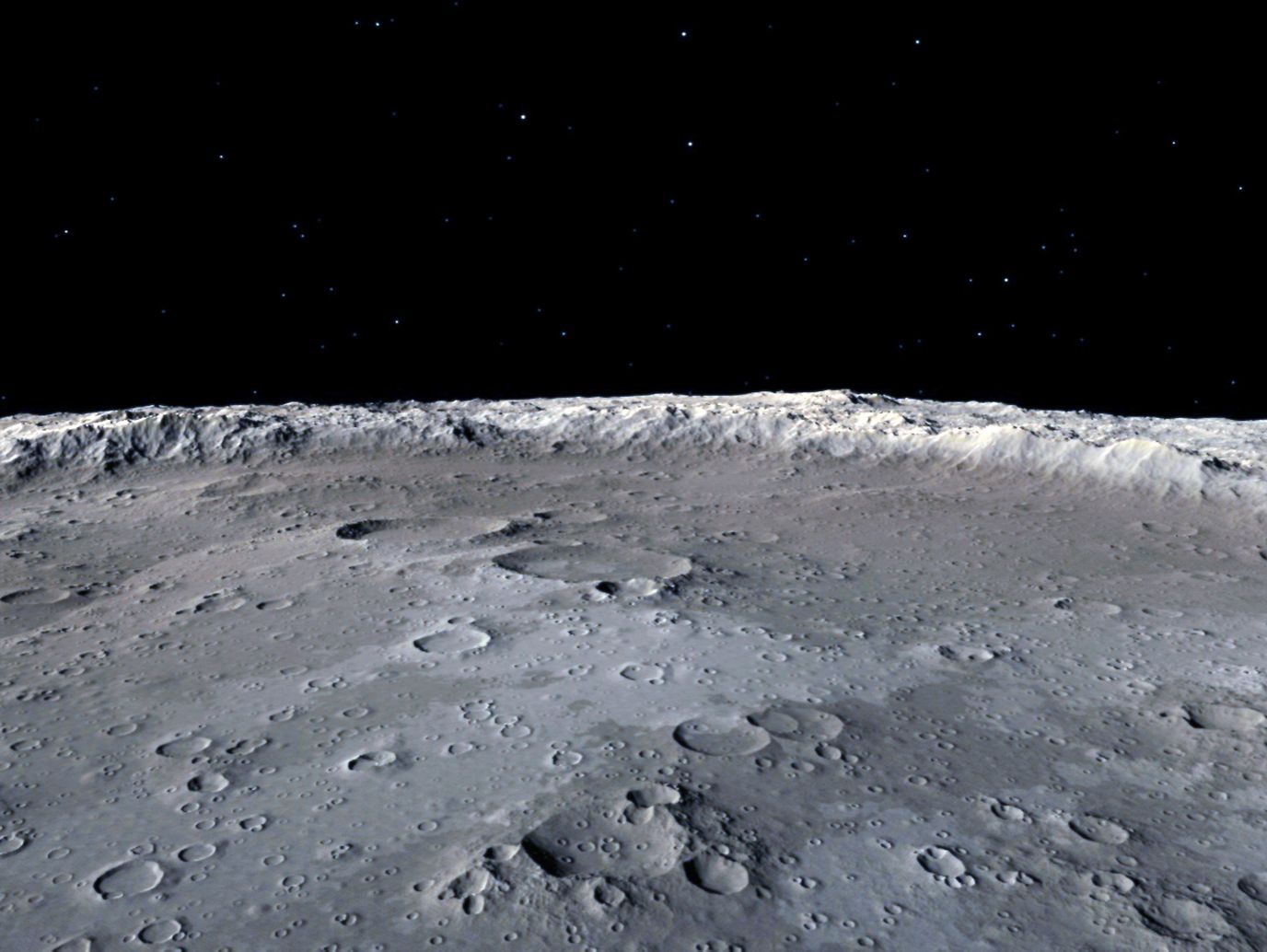17 November 2023

(Starship)
This week, SpaceX was granted permission to carry out the second launch of its highly anticipated Starship on Saturday, 18th November. Hoping to take-off off at 8am Eastern (1pm GMT), Starship will speeds of around 27,000 kph, then 90 minutes later, splashdown in the Gulf of Mexico, aiming to mark their first, fully successful demonstration launch. While both stages of the ship are designed to be reusable, this ship will only carry out this mission.
Starship has long been expected to be a game changer for the industry, allowing SpaceX to again drastically reduce the price of launching payloads into space. In 2009 it cost $10,000 to send a kilo of mass into orbit. In 2023 that cost has been lowered to around $2,500, and with the arrival of Starship that cost could theoretically be lowered to around $100, if you do the maths.
Elon Musk says that the cost of a Starship launch into orbit would be around $10 million, with an incredibly impressive payload capacity of 100 tons.
Moreover, it’s all about how SpaceX continue to inspire the industry, increase access and lead the new space industrial revolution. Bigger and cheaper payloads means the potential of vastly more satellites, which means more necessity to expand the overall orbital infrastructure; for satellite refuelling, servicing and orbital logistics. Large launch vehicles would also allow for more scope in space, expanding technologies such as in-space manufacturing and space-based solar power (SBSP).
Furthermore, Starship is dubbed as “interplanetary vehicle”, allowing for increased access to the Moon and beyond. It will already play a role in the Artemis-III mission, being adapted into a Moon lander to take crew to the lunar surface.
Also, with its huge payload capacity, it means that more resources and machinery can be taken to the the Moon in order to begin constructing a lunar infrastructure, opening-up the lunar economy.
Intuitive Machines and iSpace eye-up 2024 Moon landings
US-based lunar lading company, Intuitive Machines have this week announced they may carry out up to three landing in 2024, starting with their IM-1 mission due to launch in January. In this mission they will embark on a commercial lunar race with Astrobotic, who are scheduled to send their Peregrine lander on Christmas Eve, but take a longer trajectory, meaning that landing dates could be days apart.
Intuitive Machines will then send two more of their Nova-C landers on the IM-2 and IM-3 missions, which could take place towards the end of 2024. With all three missions the company will send payloads as part of NASA’s Commercial Lunar Payloads Services programme, signifying the expanding role of the commercial sector in space.
Japan’s iSpace have also announced that they will look to carry out their second attempt at a landing next year, after their failed attempt in April. Launching with SpaceX, the company will aim to send the lander towards the end of 2024.
Part of the payload will include rover, developed by iSpace, which will be used to collect images and lunar regolith, playing a role in NASA’s Artemis project.
This year we saw the Indian Space agency carry out a successful landing on the Moon, with launches also from Roscosmos (Russian Space Agency) and JAXA (Japan Space Agency). However, in the coming months and years we will see commercial entities play a bigger role, with landing attempts also expected from companies such as Firefly Aerospace, Qosmosys, Blue Origin, SpaceX and more.
Russia, US and Europe further plans for lunar infrastructure
As part of the IM-1 mission, NASA will their Lunar Node 1 (LN-1), a navigation beacon, to the lunar surface. The aim of the mission is to establish a GPS-like navigation system for the Moon, to support orbital and surface operations. Furthermore, establishing advanced navigation technologies further facilitates the overall aim of building a lunar infrastructure and ongoing habitation of the Moon.
The European Space Agency are also expanding their lunar exploration plans with the development of their own modular rover, named the European Moon Rover System (EMRS), which will be used for four upcoming ESA missions. The objectives for the missions include collecting and transporting lunar regolith and building an observatory on the far side of the Moon. The modular design aspect allows the vehicle to be used for multiple different purposes, allowing for it to be used across multiple mission types.
Russia will also join the growing list of nations looking to carry out a crewed landing on the Moon, with plans to launch cosmonauts by next decade. Furthermore, they intend to begin constructing a permanent Moon base from 2031, according Russian state media.
Russia join the US, ESA and China in their plans, indicating the overall growth of lunar economy which, which is expected to be valued at $142 billion by 2040 (PriceWaterhouseCoopers).

(Adobe)
Japan joins list of nations pouring money into space
The overall space economy is set to see rapid growth by the end of the century, with reports suggesting it could reach $1 trillion my 2040. This growth of New Space is reflected in nations such as the UK, embracing the possibilities that are now achievable through increased access to space, with the country now the second most attractive place for space investment, after the US.
Noticing this trend and aiming to keep up with the competition, Japan have announced that they will establish a $6.6 billion fund to advance their space industry. “We believe it is a necessary fund to speed up our country’s space development so we don’t lag behind the increasingly intensifying international competition,” said Sanae Takaichi, minister in charge of space development, last week.
This echoes a similar position outlined by Josef Aschbacher, head of ESA, regarding lunar exploration and establishing a permanent presence on the Moon, saying that Europe should “not miss the train”.
Competition is heating up and now may be the time to get onboard, as space and the lunar economy continue to expand.
Our future in space

(SpaceX)
17 November 2023
Starship To Launch, Increased Lunar Exploration in 2023, and Japan Commits Billions to Advance Space Industry - Space News Roundup
This week, SpaceX was granted permission to carry out the second launch of its highly anticipated Starship on Saturday, 18th November. Hoping to take-off off at 8am Eastern (1pm GMT), Starship will speeds of around 27,000 kph, then 90 minutes later, splashdown in the Gulf of Mexico, aiming to mark their first, fully successful demonstration launch. While both stages of the ship are designed to be reusable, this ship will only carry out this mission.
Starship has long been expected to be a game changer for the industry, allowing SpaceX to again drastically reduce the price of launching payloads into space. In 2009 it cost $10,000 to send a kilo of mass into orbit. In 2023 that cost has been lowered to around $2,500, and with the arrival of Starship that cost could theoretically be lowered to around $100, if you do the maths.
Elon Musk says that the cost of a Starship launch into orbit would be around $10 million, with an incredibly impressive payload capacity of 100 tons.
Moreover, it’s all about how SpaceX continue to inspire the industry, increase access and lead the new space industrial revolution. Bigger and cheaper payloads means the potential of vastly more satellites, which means more necessity to expand the overall orbital infrastructure; for satellite refuelling, servicing and orbital logistics. Large launch vehicles would also allow for more scope in space, expanding technologies such as in-space manufacturing and space-based solar power (SBSP).
Furthermore, Starship is dubbed as “interplanetary vehicle”, allowing for increased access to the Moon and beyond. It will already play a role in the Artemis-III mission, being adapted into a Moon lander to take crew to the lunar surface.
Also, with its huge payload capacity, it means that more resources and machinery can be taken to the the Moon in order to begin constructing a lunar infrastructure, opening-up the lunar economy.
Intuitive Machines and iSpace eye-up 2024 Moon landings
US-based lunar lading company, Intuitive Machines have this week announced they may carry out up to three landing in 2024, starting with their IM-1 mission due to launch in January. In this mission they will embark on a commercial lunar race with Astrobotic, who are scheduled to send their Peregrine lander on Christmas Eve, but take a longer trajectory, meaning that landing dates could be days apart.
Intuitive Machines will then send two more of their Nova-C landers on the IM-2 and IM-3 missions, which could take place towards the end of 2024. With all three missions the company will send payloads as part of NASA’s Commercial Lunar Payloads Services programme, signifying the expanding role of the commercial sector in space.
Japan’s iSpace have also announced that they will look to carry out their second attempt at a landing next year, after their failed attempt in April. Launching with SpaceX, the company will aim to send the lander towards the end of 2024.
Part of the payload will include rover, developed by iSpace, which will be used to collect images and lunar regolith, playing a role in NASA’s Artemis project.
This year we saw the Indian Space agency carry out a successful landing on the Moon, with launches also from Roscosmos (Russian Space Agency) and JAXA (Japan Space Agency). However, in the coming months and years we will see commercial entities play a bigger role, with landing attempts also expected from companies such as Firefly Aerospace, Qosmosys, Blue Origin, SpaceX and more.
Russia, US and Europe further plans for lunar infrastructure
As part of the IM-1 mission, NASA will their Lunar Node 1 (LN-1), a navigation beacon, to the lunar surface. The aim of the mission is to establish a GPS-like navigation system for the Moon, to support orbital and surface operations. Furthermore, establishing advanced navigation technologies further facilitates the overall aim of building a lunar infrastructure and ongoing habitation of the Moon.
The European Space Agency are also expanding their lunar exploration plans with the development of their own modular rover, named the European Moon Rover System (EMRS), which will be used for four upcoming ESA missions. The objectives for the missions include collecting and transporting lunar regolith and building an observatory on the far side of the Moon. The modular design aspect allows the vehicle to be used for multiple different purposes, allowing for it to be used across multiple mission types.
Russia will also join the growing list of nations looking to carry out a crewed landing on the Moon, with plans to launch cosmonauts by next decade. Furthermore, they intend to begin constructing a permanent Moon base from 2031, according Russian state media.
Russia join the US, ESA and China in their plans, indicating the overall growth of lunar economy which, which is expected to be valued at $142 billion by 2040 (PriceWaterhouseCoopers).

(Adobe)
Japan joins list of nations pouring money into space
The overall space economy is set to see rapid growth by the end of the century, with reports suggesting it could reach $1 trillion my 2040. This growth of New Space is reflected in nations such as the UK, embracing the possibilities that are now achievable through increased access to space, with the country now the second most attractive place for space investment, after the US.
Noticing this trend and aiming to keep up with the competition, Japan have announced that they will establish a $6.6 billion fund to advance their space industry. “We believe it is a necessary fund to speed up our country’s space development so we don’t lag behind the increasingly intensifying international competition,” said Sanae Takaichi, minister in charge of space development, last week.
This echoes a similar position outlined by Josef Aschbacher, head of ESA, regarding lunar exploration and establishing a permanent presence on the Moon, saying that Europe should “not miss the train”.
Competition is heating up and now may be the time to get onboard, as space and the lunar economy continue to expand.
Share this article
17 November 2023
Starship To Launch, Increased Lunar Exploration in 2023, and Japan Commits Billions to Advance Space Industry - Space News Roundup

(SpaceX)
This week, SpaceX was granted permission to carry out the second launch of its highly anticipated Starship on Saturday, 18th November. Hoping to take-off off at 8am Eastern (1pm GMT), Starship will speeds of around 27,000 kph, then 90 minutes later, splashdown in the Gulf of Mexico, aiming to mark their first, fully successful demonstration launch. While both stages of the ship are designed to be reusable, this ship will only carry out this mission.
Starship has long been expected to be a game changer for the industry, allowing SpaceX to again drastically reduce the price of launching payloads into space. In 2009 it cost $10,000 to send a kilo of mass into orbit. In 2023 that cost has been lowered to around $2,500, and with the arrival of Starship that cost could theoretically be lowered to around $100, if you do the maths.
Elon Musk says that the cost of a Starship launch into orbit would be around $10 million, with an incredibly impressive payload capacity of 100 tons.
Moreover, it’s all about how SpaceX continue to inspire the industry, increase access and lead the new space industrial revolution. Bigger and cheaper payloads means the potential of vastly more satellites, which means more necessity to expand the overall orbital infrastructure; for satellite refuelling, servicing and orbital logistics. Large launch vehicles would also allow for more scope in space, expanding technologies such as in-space manufacturing and space-based solar power (SBSP).
Furthermore, Starship is dubbed as “interplanetary vehicle”, allowing for increased access to the Moon and beyond. It will already play a role in the Artemis-III mission, being adapted into a Moon lander to take crew to the lunar surface.
Also, with its huge payload capacity, it means that more resources and machinery can be taken to the the Moon in order to begin constructing a lunar infrastructure, opening-up the lunar economy.
Intuitive Machines and iSpace eye-up 2024 Moon landings
US-based lunar lading company, Intuitive Machines have this week announced they may carry out up to three landing in 2024, starting with their IM-1 mission due to launch in January. In this mission they will embark on a commercial lunar race with Astrobotic, who are scheduled to send their Peregrine lander on Christmas Eve, but take a longer trajectory, meaning that landing dates could be days apart.
Intuitive Machines will then send two more of their Nova-C landers on the IM-2 and IM-3 missions, which could take place towards the end of 2024. With all three missions the company will send payloads as part of NASA’s Commercial Lunar Payloads Services programme, signifying the expanding role of the commercial sector in space.
Japan’s iSpace have also announced that they will look to carry out their second attempt at a landing next year, after their failed attempt in April. Launching with SpaceX, the company will aim to send the lander towards the end of 2024.
Part of the payload will include rover, developed by iSpace, which will be used to collect images and lunar regolith, playing a role in NASA’s Artemis project.
This year we saw the Indian Space agency carry out a successful landing on the Moon, with launches also from Roscosmos (Russian Space Agency) and JAXA (Japan Space Agency). However, in the coming months and years we will see commercial entities play a bigger role, with landing attempts also expected from companies such as Firefly Aerospace, Qosmosys, Blue Origin, SpaceX and more.
Russia, US and Europe further plans for lunar infrastructure
As part of the IM-1 mission, NASA will their Lunar Node 1 (LN-1), a navigation beacon, to the lunar surface. The aim of the mission is to establish a GPS-like navigation system for the Moon, to support orbital and surface operations. Furthermore, establishing advanced navigation technologies further facilitates the overall aim of building a lunar infrastructure and ongoing habitation of the Moon.
The European Space Agency are also expanding their lunar exploration plans with the development of their own modular rover, named the European Moon Rover System (EMRS), which will be used for four upcoming ESA missions. The objectives for the missions include collecting and transporting lunar regolith and building an observatory on the far side of the Moon. The modular design aspect allows the vehicle to be used for multiple different purposes, allowing for it to be used across multiple mission types.
Russia will also join the growing list of nations looking to carry out a crewed landing on the Moon, with plans to launch cosmonauts by next decade. Furthermore, they intend to begin constructing a permanent Moon base from 2031, according Russian state media.
Russia join the US, ESA and China in their plans, indicating the overall growth of lunar economy which, which is expected to be valued at $142 billion by 2040 (PriceWaterhouseCoopers).

(Adobe)
Japan joins list of nations pouring money into space
The overall space economy is set to see rapid growth by the end of the century, with reports suggesting it could reach $1 trillion my 2040. This growth of New Space is reflected in nations such as the UK, embracing the possibilities that are now achievable through increased access to space, with the country now the second most attractive place for space investment, after the US.
Noticing this trend and aiming to keep up with the competition, Japan have announced that they will establish a $6.6 billion fund to advance their space industry. “We believe it is a necessary fund to speed up our country’s space development so we don’t lag behind the increasingly intensifying international competition,” said Sanae Takaichi, minister in charge of space development, last week.
This echoes a similar position outlined by Josef Aschbacher, head of ESA, regarding lunar exploration and establishing a permanent presence on the Moon, saying that Europe should “not miss the train”.
Competition is heating up and now may be the time to get onboard, as space and the lunar economy continue to expand.
Share this article
External Links
This Week
*News articles posted here are not property of ANASDA GmbH and belong to their respected owners. Postings here are external links only.







